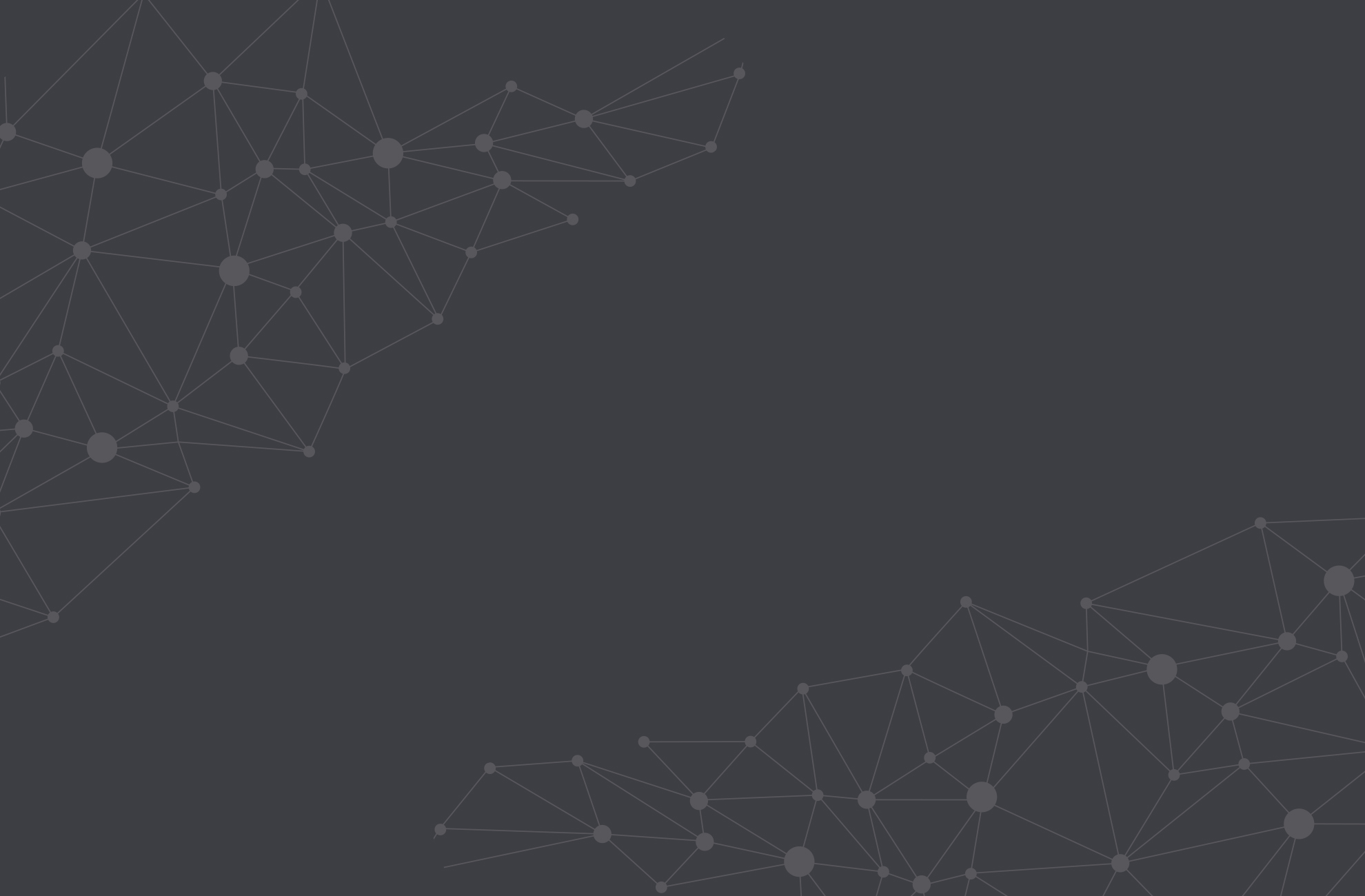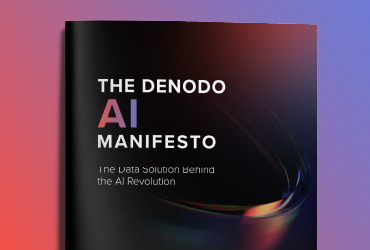As organizations look to become more competitive, they are modernizing their data environments to support new data types and new analytics methods. The result is a complex data ecosystem that often includes both on-premises and cloud platforms. In a recent TDWI survey, while the majority of respondents agreed that the cloud was an important part of their data management strategy, the majority also acknowledged that they will utilize a multiplatform environment.
The term data fabric has been used to describe a way to bring together disparate data in an intelligent fashion. The data fabric maps and connects relevant application data stores, including metadata to describe data assets and their relationships. One approach to the data fabric design is accomplished with data virtualization, a method that integrates heterogeneous and distributed data across multiple platforms without replicating it. The approach creates a single “virtual” data layer that unifies data and supports multiple applications and users. Data virtualization can create logical views in which the data looks consolidated, although the data has not been moved or physically altered.
The logical data fabric powered by data virtualization is gaining momentum in enterprise architectures by the virtue of its logical and real-time data integration and management capabilities. Join this TDWI webinar to learn about six popular use cases that are enabled by a logical data fabric. Topics include:
- What a data fabric is and why it is important
- How data virtualization supports a data fabric
- Six solution categories that are enabled by a logical data architecture






